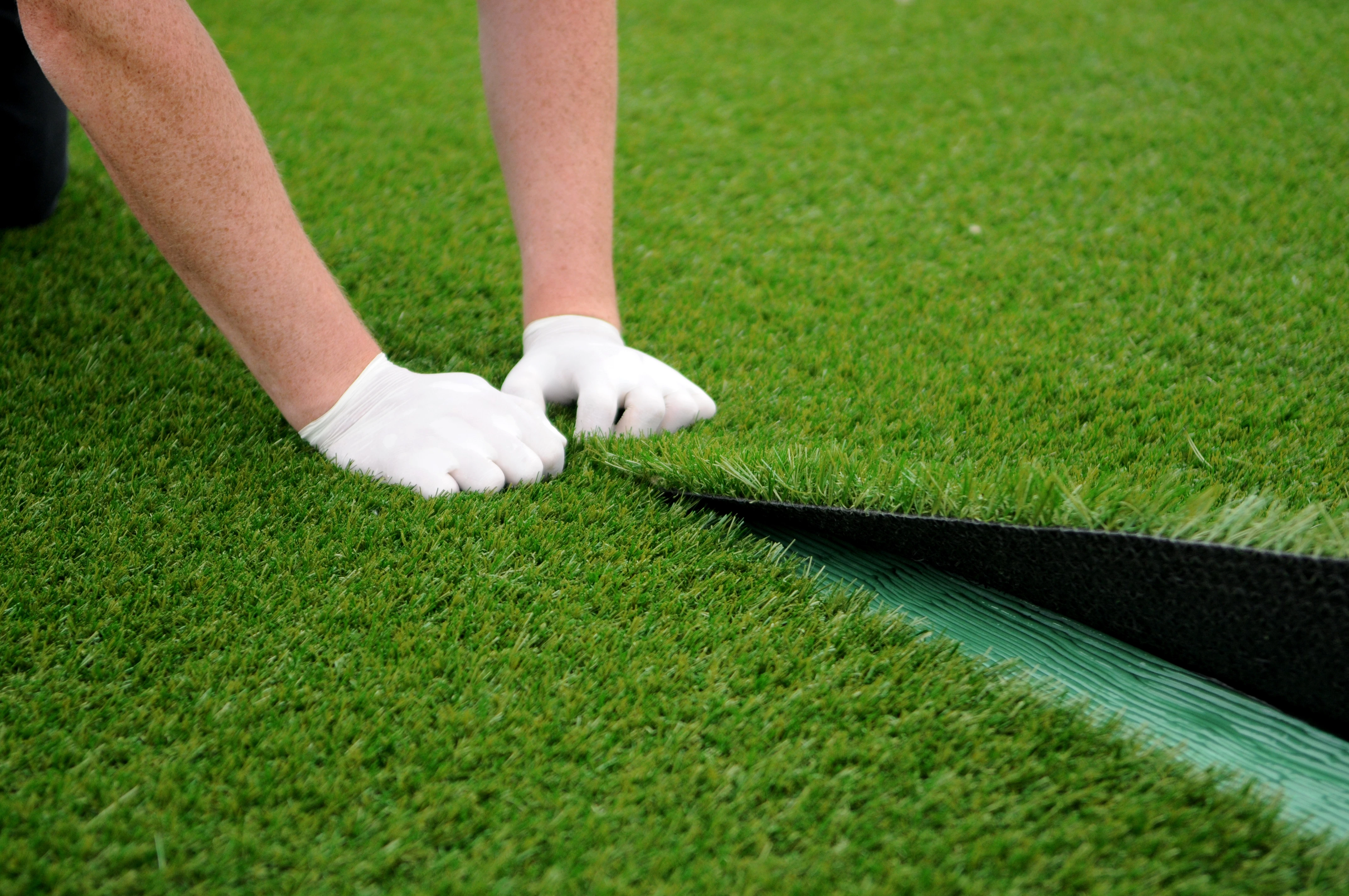With the increasing demand for low-maintenance gardening methods is on the rise, an increasing number of homeowners are discovering the advantages of fake grass. Fake turf is increasingly seen as the go-to choice for people who want to achieve a lush, green lawn without the hassles related to conventional grass. Whether it’s the pursuit of a perfect lawn all year round or the desire to cut costs and maintenance, fake grass might just be the smartest decision for your yard.
With artificial grass, you can say goodbye to mowing, irrigation, and endless weeding. This eco-friendly option not just enhances curb appeal but also provides a robust solution for heavily used areas and homes with animals or young ones. As the trend toward synthetic turf becomes more popular, it's clear that a larger audience appreciate knowing that they can enjoy a beautiful lawn free from the ongoing effort and expenses of natural grass. If you’re fed up with muddy patches, spotty growth, and constant upkeep, it’s time to look into why fake grass might be the best fit for you.
Top Benefits of Artificial Turf
One of the most important benefits of artificial grass is its easy-care appeal. Homeowners are free from the concerns of cutting, watering, or tending to their lawns. Low-maintenance fake grass companies saves time but also removes the hassle that comes with normal lawn care. With synthetic turf, you can enjoy a green lawn without the ongoing upkeep, making it an ideal solution for those with active lifestyles.
Fake grass is also an environmentally friendly choice. It requires no water, which is particularly beneficial in areas prone to drought. By choosing synthetic turf, homeowners support the preservation of water while avoiding the need for harmful fertilizers and pesticides. This not only is good for nature but also creates a safe space for kids and pets to enjoy without exposure to toxic chemicals.
Additionally, synthetic turf is incredibly durable and can withstand multiple weather conditions. Whether it's scorching heat, torrential rain, or cold temperatures, synthetic turf holds up exceptionally well, maintaining its aesthetic and functionality year-round. This durability makes it especially desirable for busy areas and for households looking for a dependable solution that doesn’t require frequent upgrades.
Economic Benefits of Artificial Turf
The initial investment in artificial turf might look daunting, but the extended financial benefits can considerably exceed those first costs. Homeowners commonly find that after setup, their upkeep expenses fall dramatically. Unlike natural grass that requires consistent watering, nourishment, and mowing, synthetic turf needs little upkeep. This translates into lower water bills, lower spending on lawn care products, and savings on equipment like lawnmowers and trimmers. Overall, the cost efficiency of artificial grass makes it an appealing option for numerous homeowners.

Additionally, artificial turf is extremely durable and can last up to 15 years or more with adequate care. This lifespan means that the first cost of setup is spread over multiple years, making it a prudent investment. look at these guys can prevent the recurring costs associated with reseeding, sod, and other natural lawn upkeep that can swiftly add up over time. The prolonged lifespan of synthetic grass allows for improved financial planning and less worry about unexpected lawn expenses.
Additionally, for families who enjoy outdoor spaces and entertainment, artificial turf provides an superb return on investment. With no need for dangerous chemicals, homeowners can enjoy a safe play area for children and pets. The decreased risk of allergies and skin irritations, combined with the decreased need for routine maintenance, adds even greater value. When assessing the complete solution—time saved and the peace of mind that comes with a vibrant, verdant lawn year-round—the cost-effectiveness of artificial turf becomes even more evident.
Eco-Friendly Aspects of Synthetic Lawns
A of the most significant eco-friendly advantages of fake grass is the significant decrease in water needs. Traditional lawns require regular irrigation, especially in drought seasons, leading to high water consumption. In contrast, synthetic turf requires minimal watering, which not only conserves water resources but also helps alleviate the strain on municipal water systems. This is particularly relevant in regions facing drought conditions, where water conservation is crucial.
Moreover, artificial grass eliminates the need for toxic fertilizers and pesticides that are often used on natural grass. These chemicals can leach into the soil and groundwater, creating risks to the environment and local ecosystems. With fake grass, homeowners can create beautiful, green landscapes without the negative environmental impacts linked to conventional lawn care. This environmental benefit contributes to better surroundings for both humans and wildlife.
Ultimately, synthetic lawns contribute to lowered carbon emissions. Maintaining a natural grass lawn typically involves mowing, which often requires petrol-powered equipment that releases pollutants into the air. By choosing artificial turf, homeowners can say goodbye to mowing, further decreasing their carbon footprint. As a result, fake grass emerges not only as a sensible choice but also as a step towards a more sustainable and eco-friendly lifestyle.
